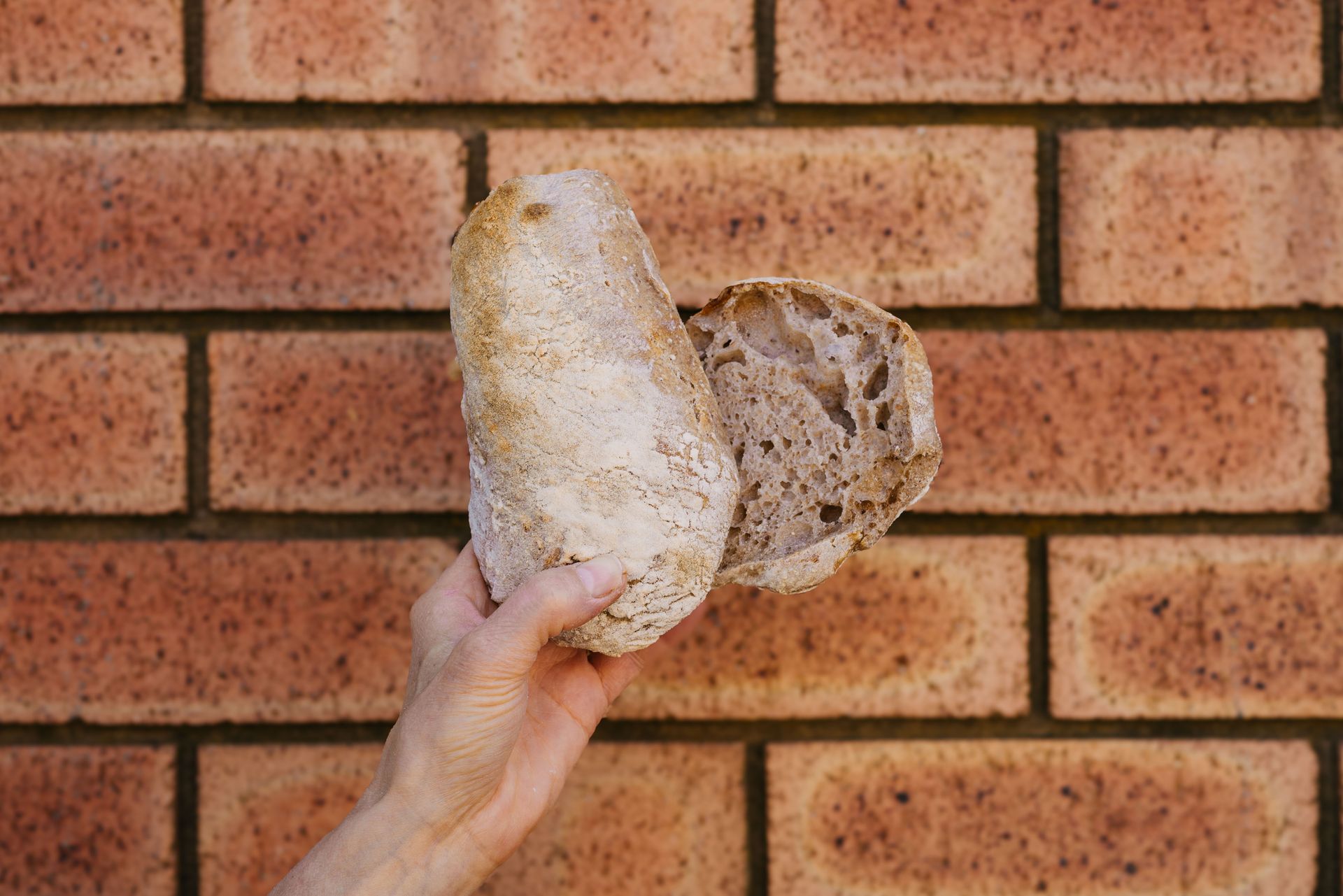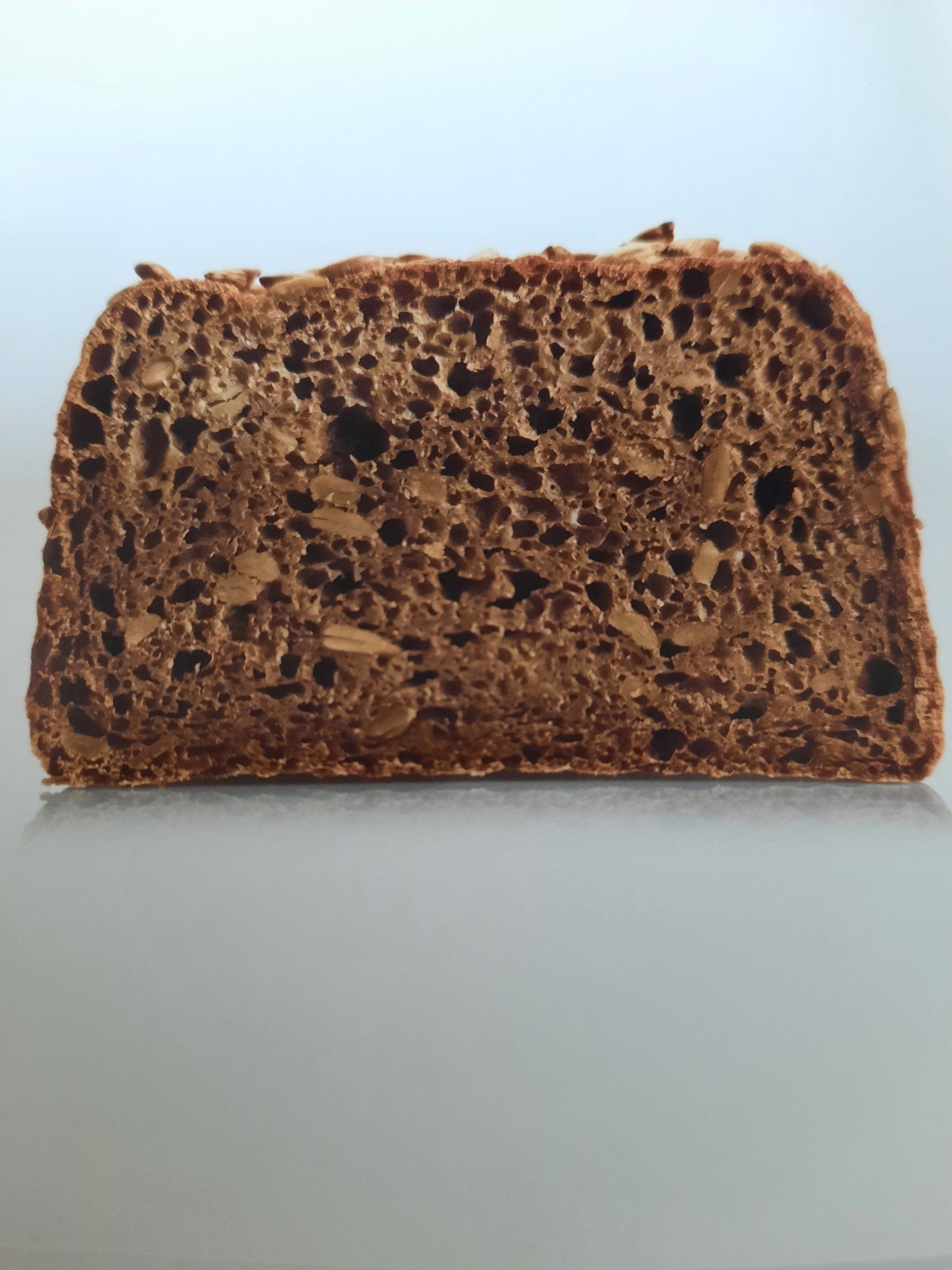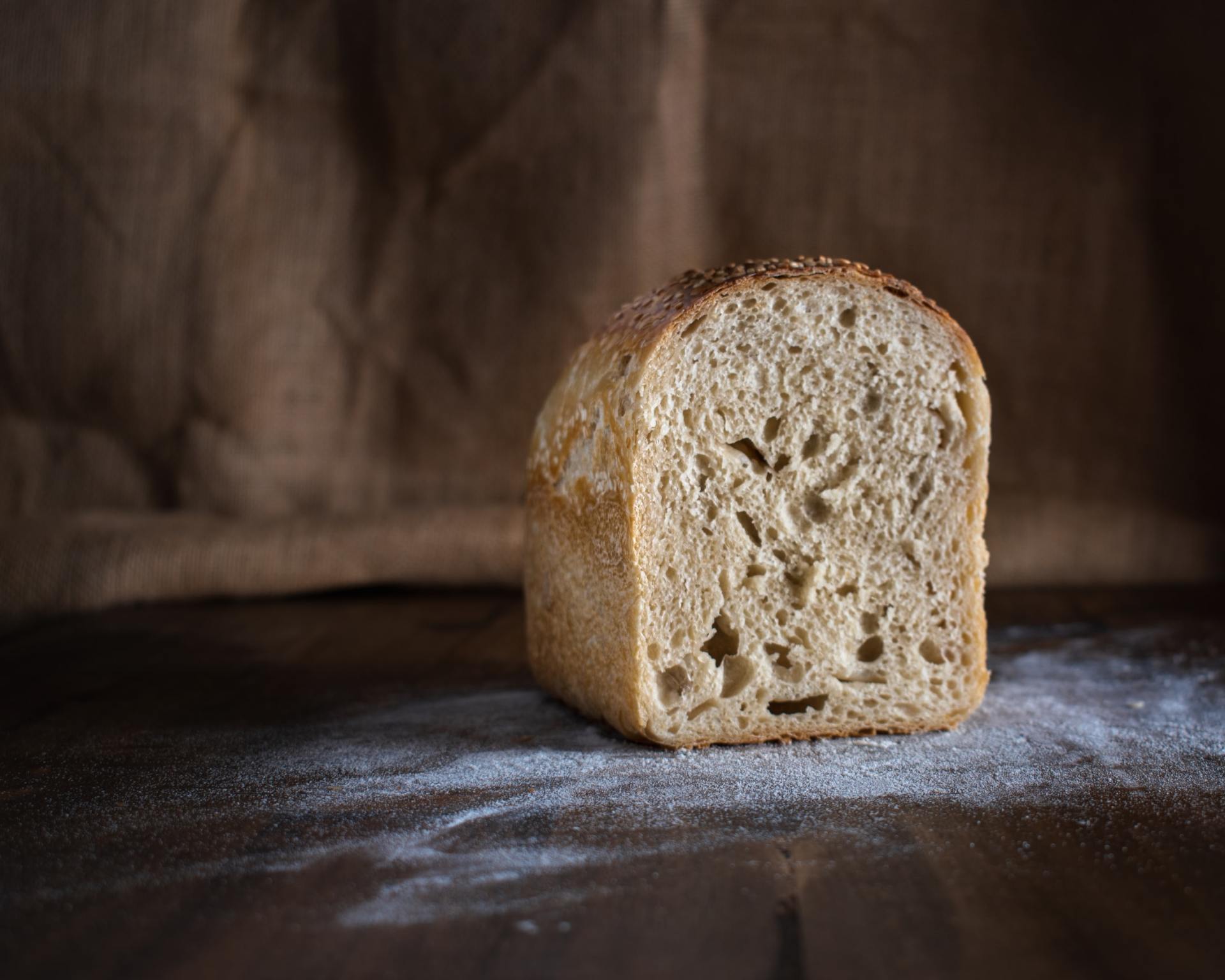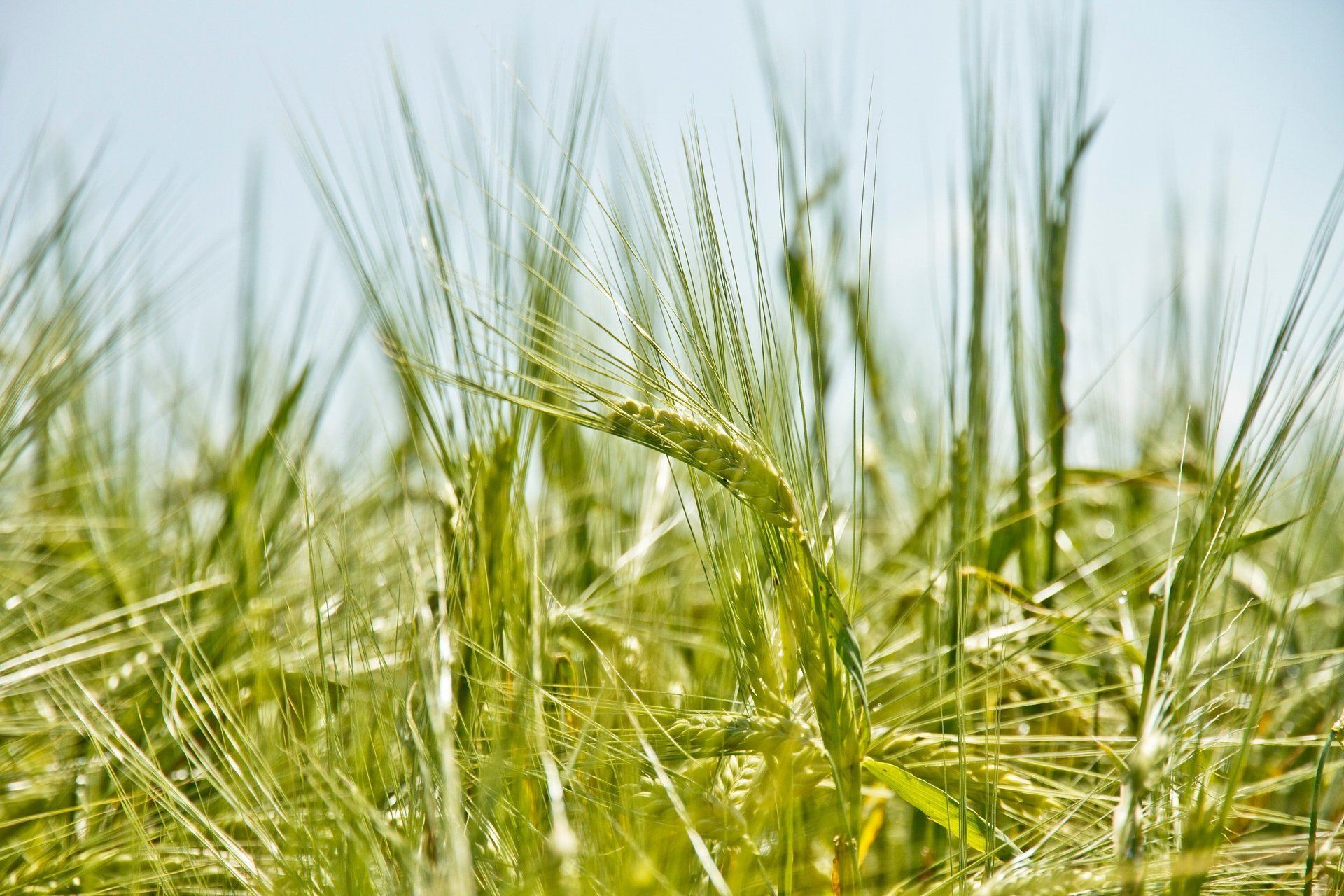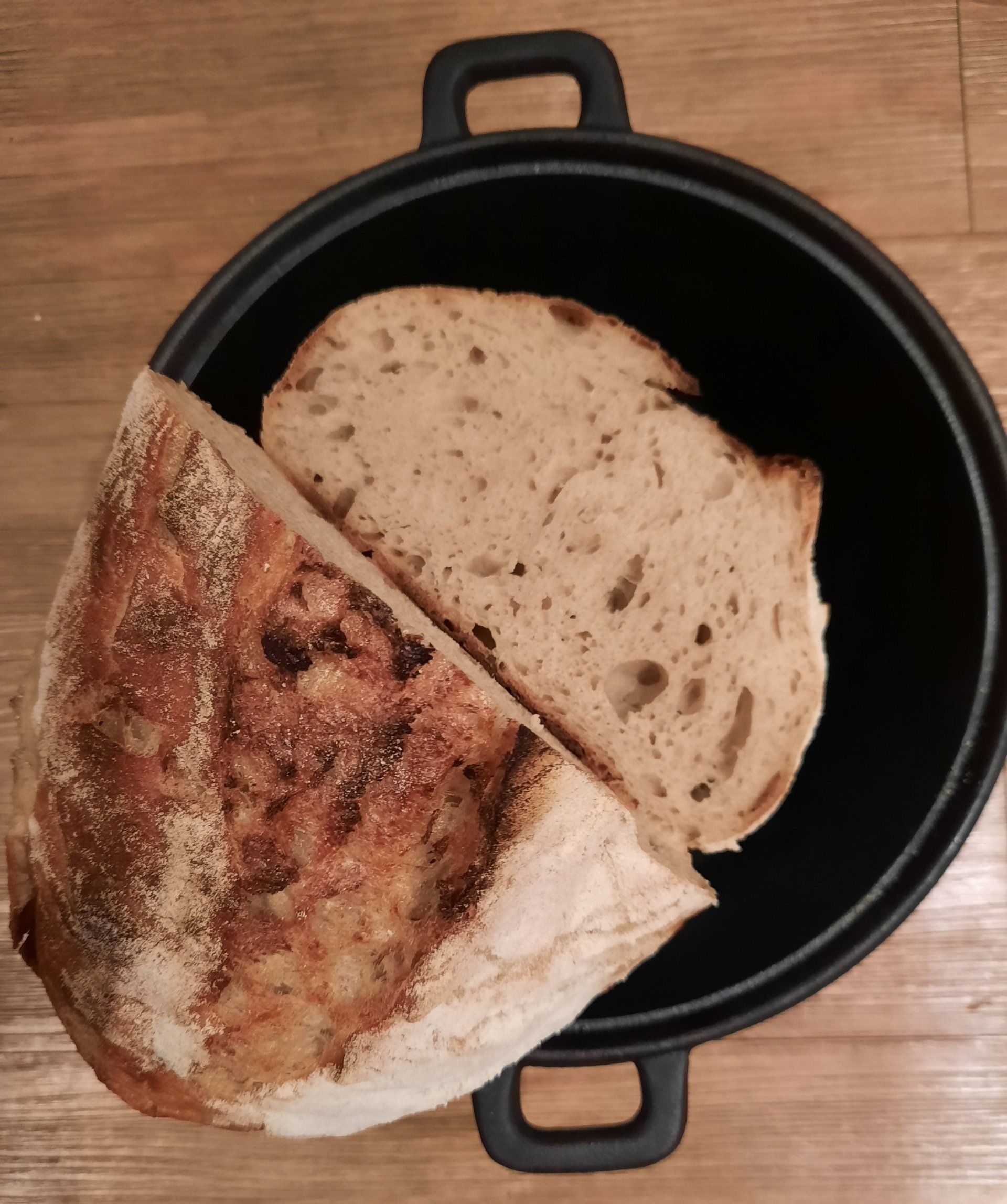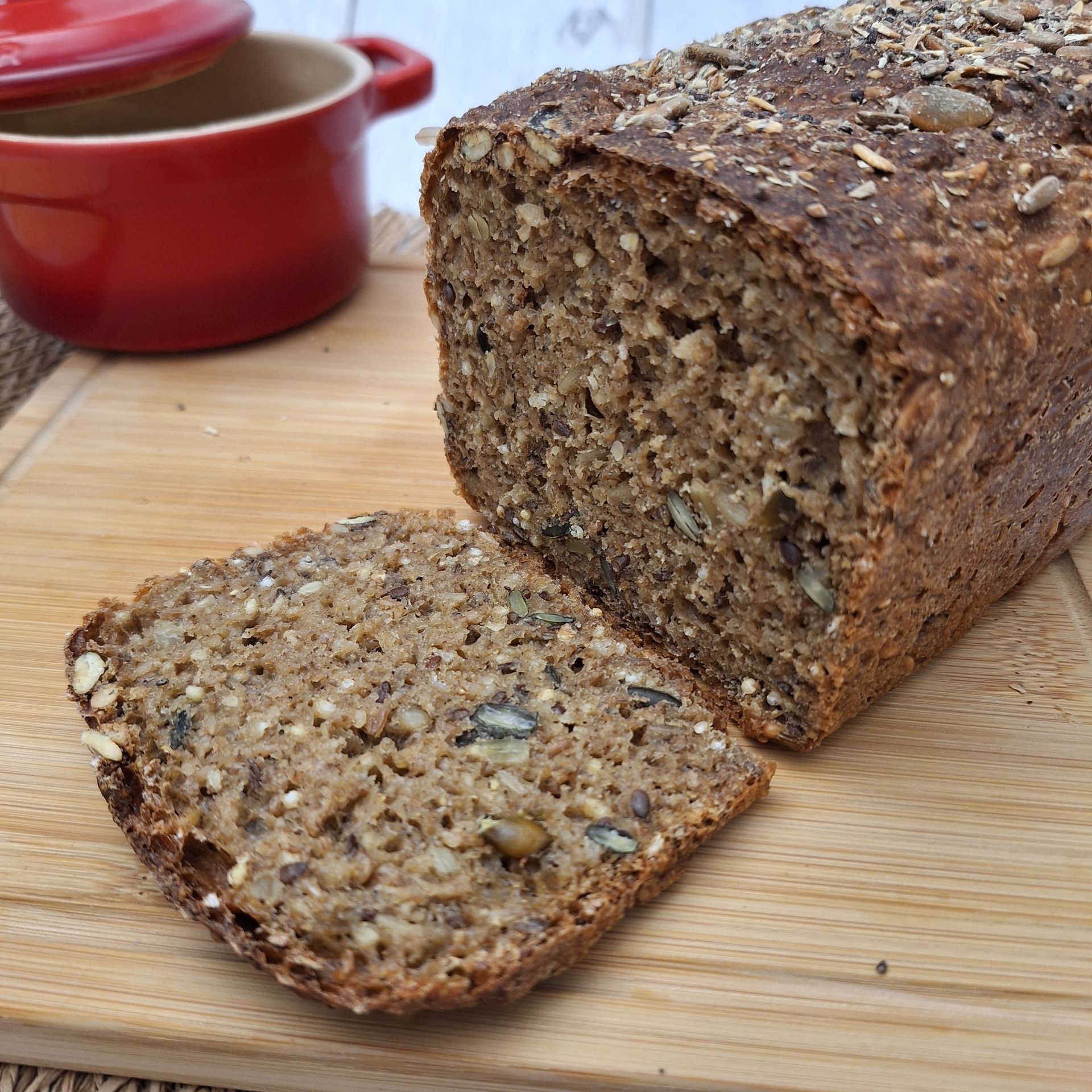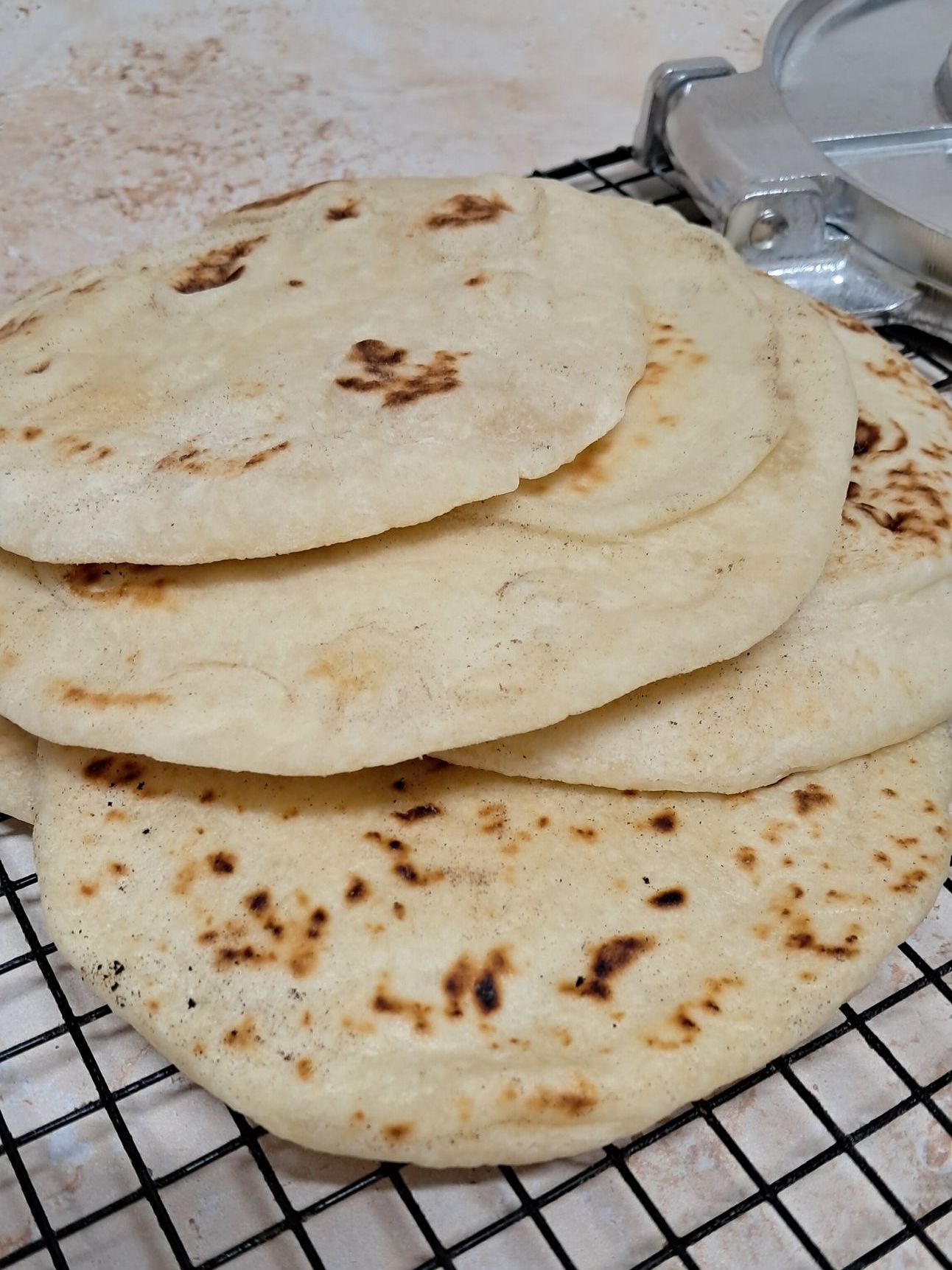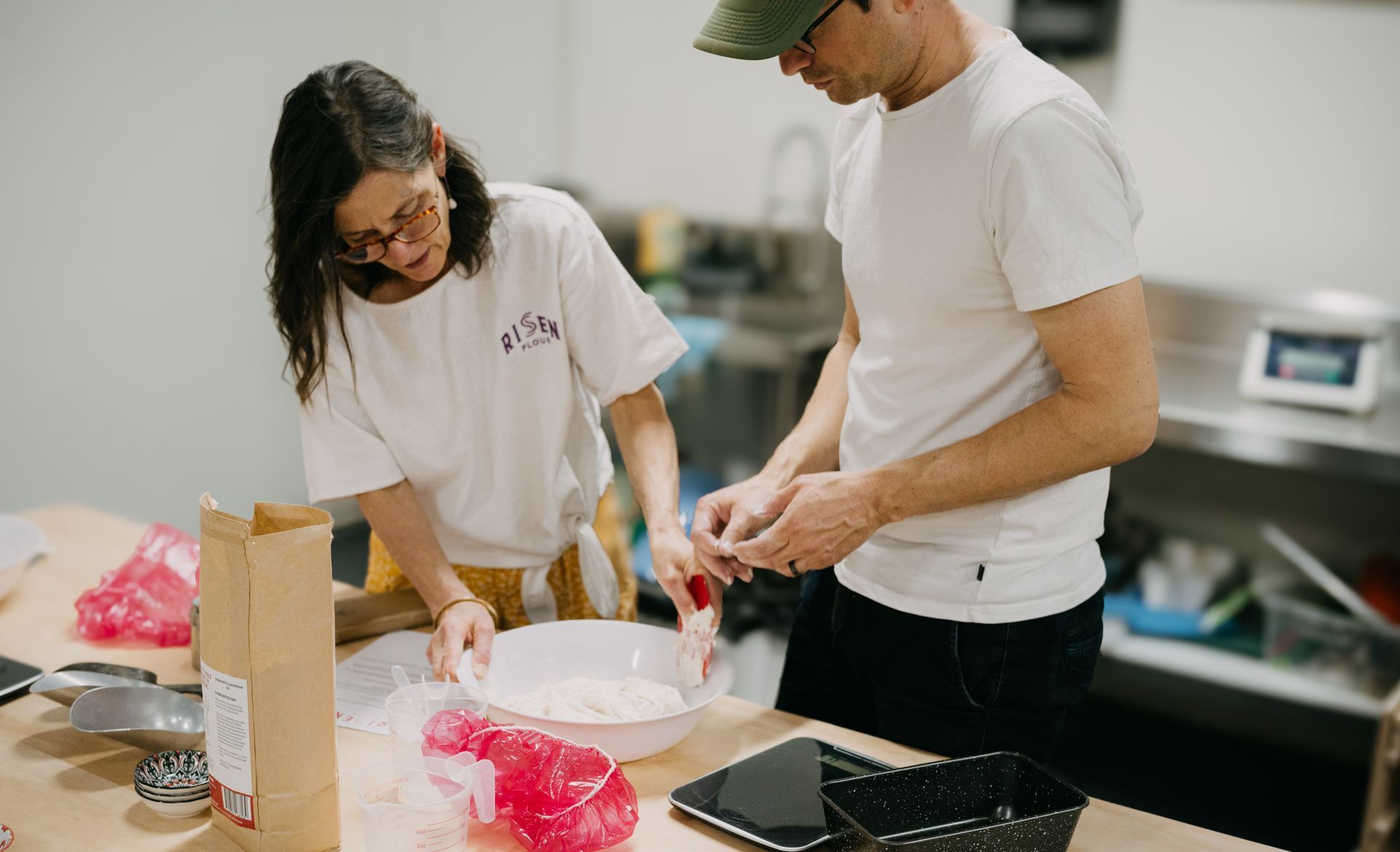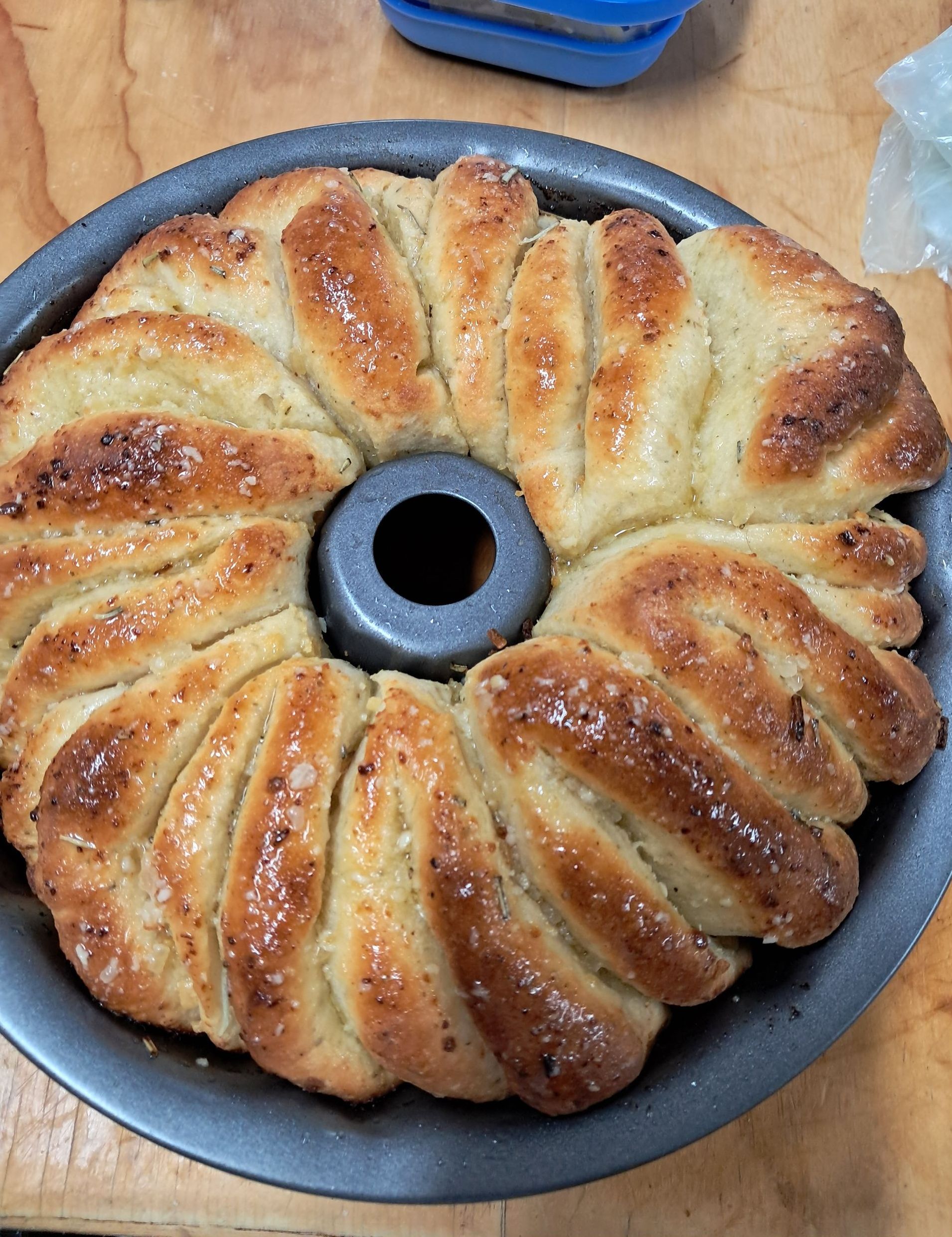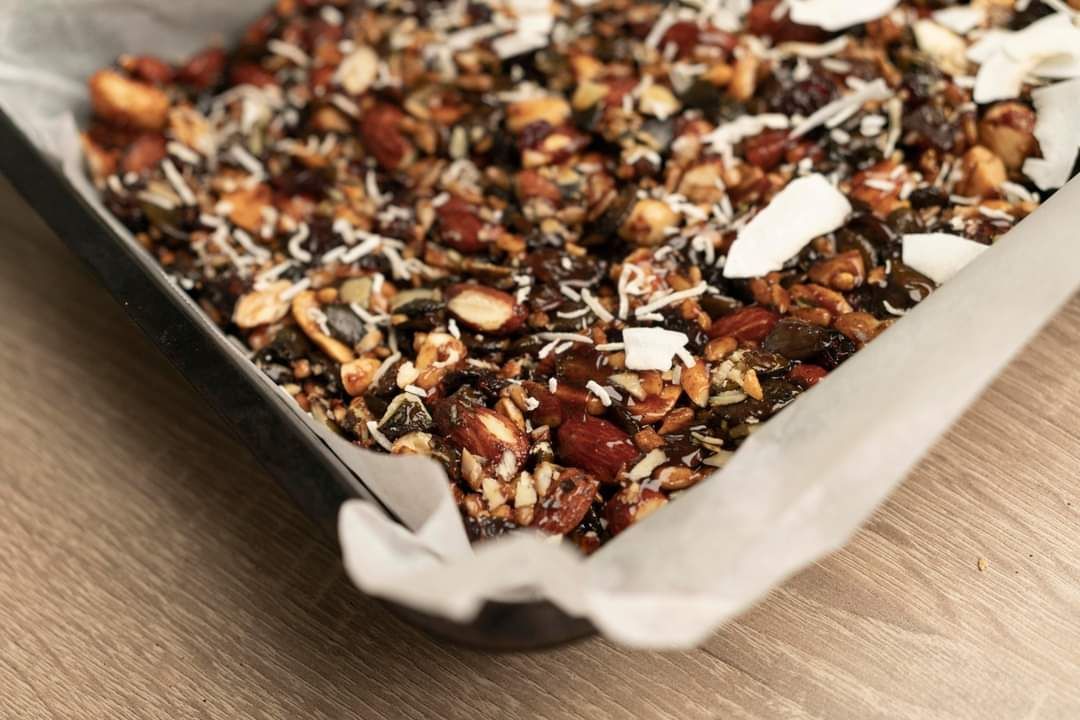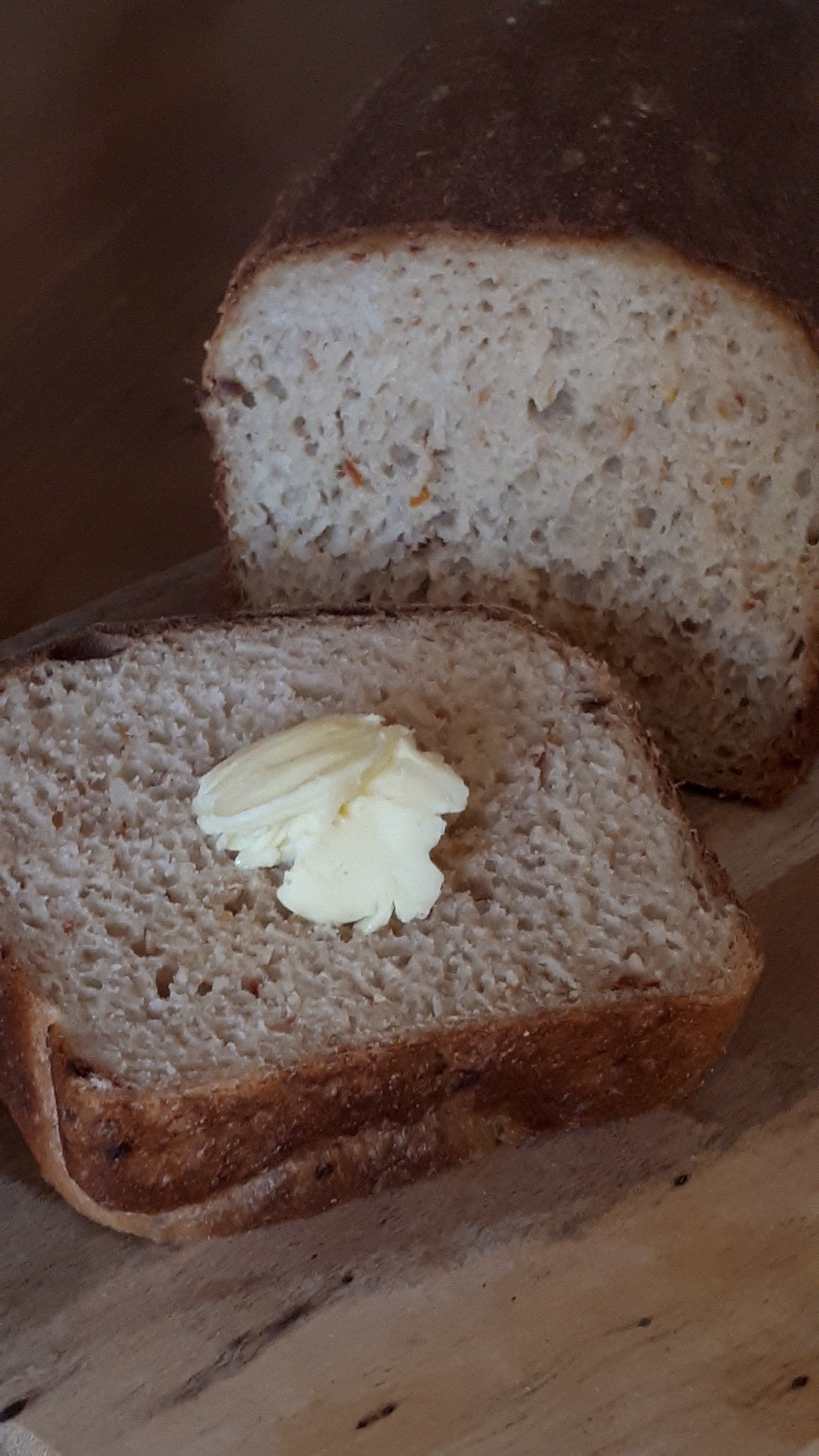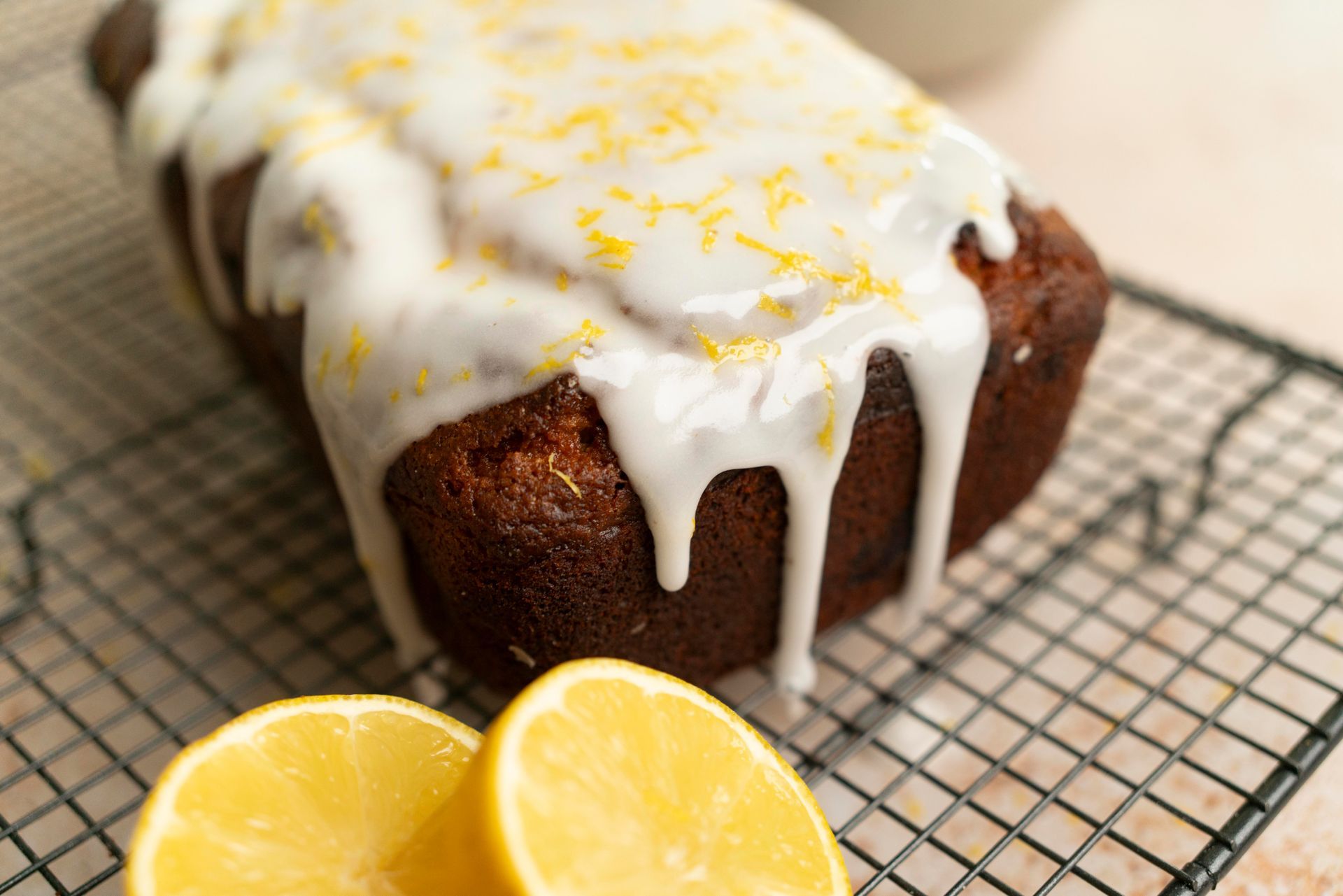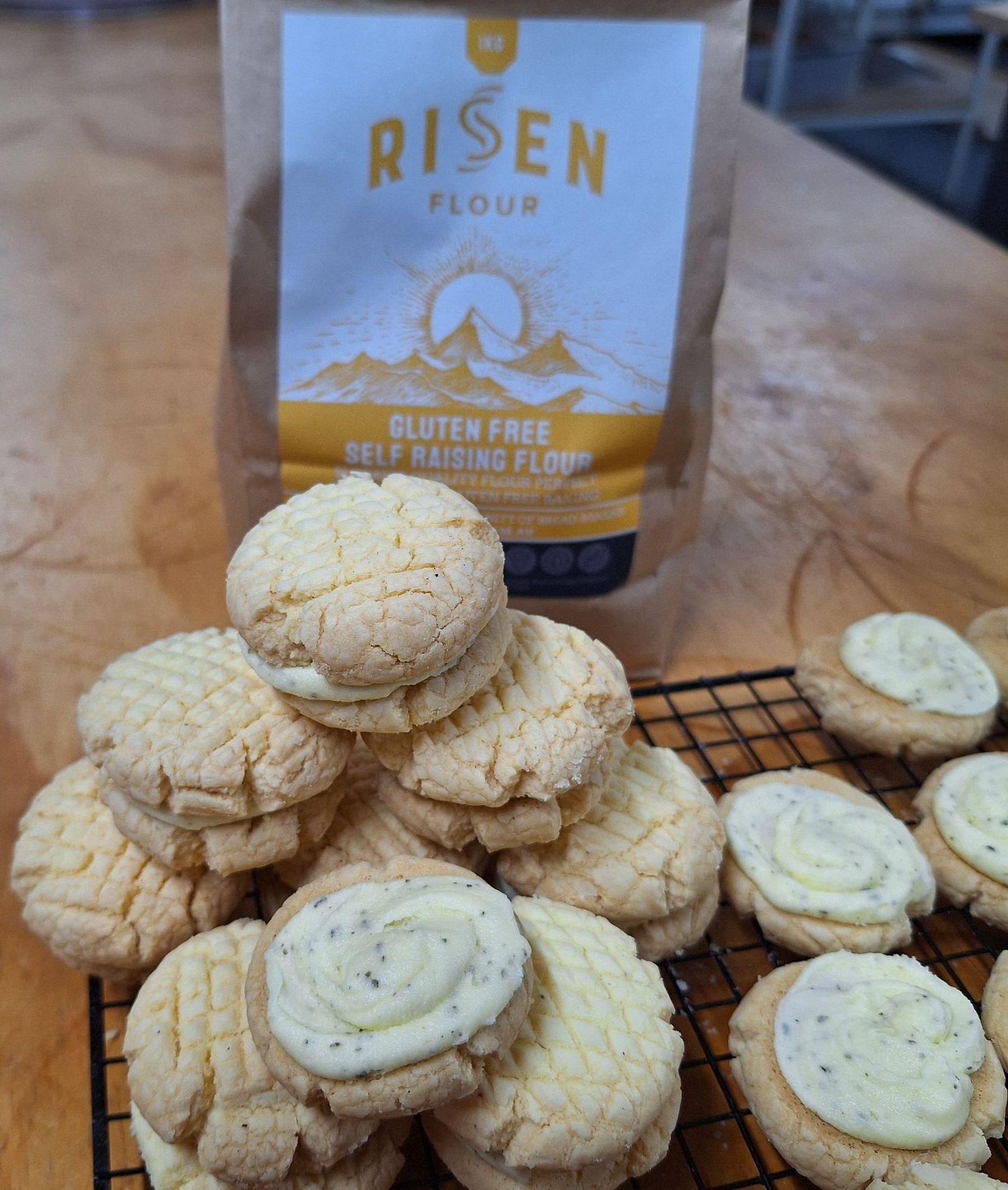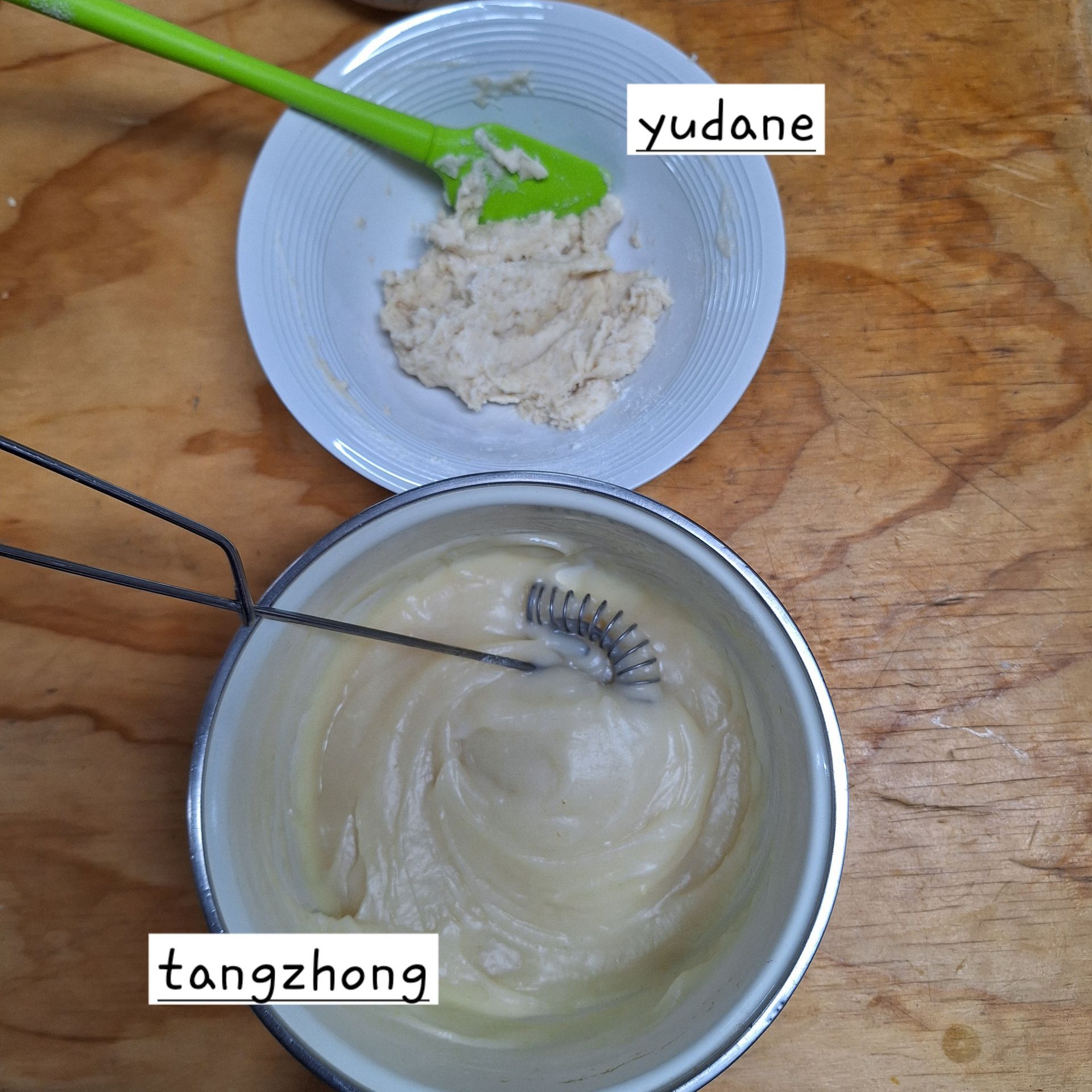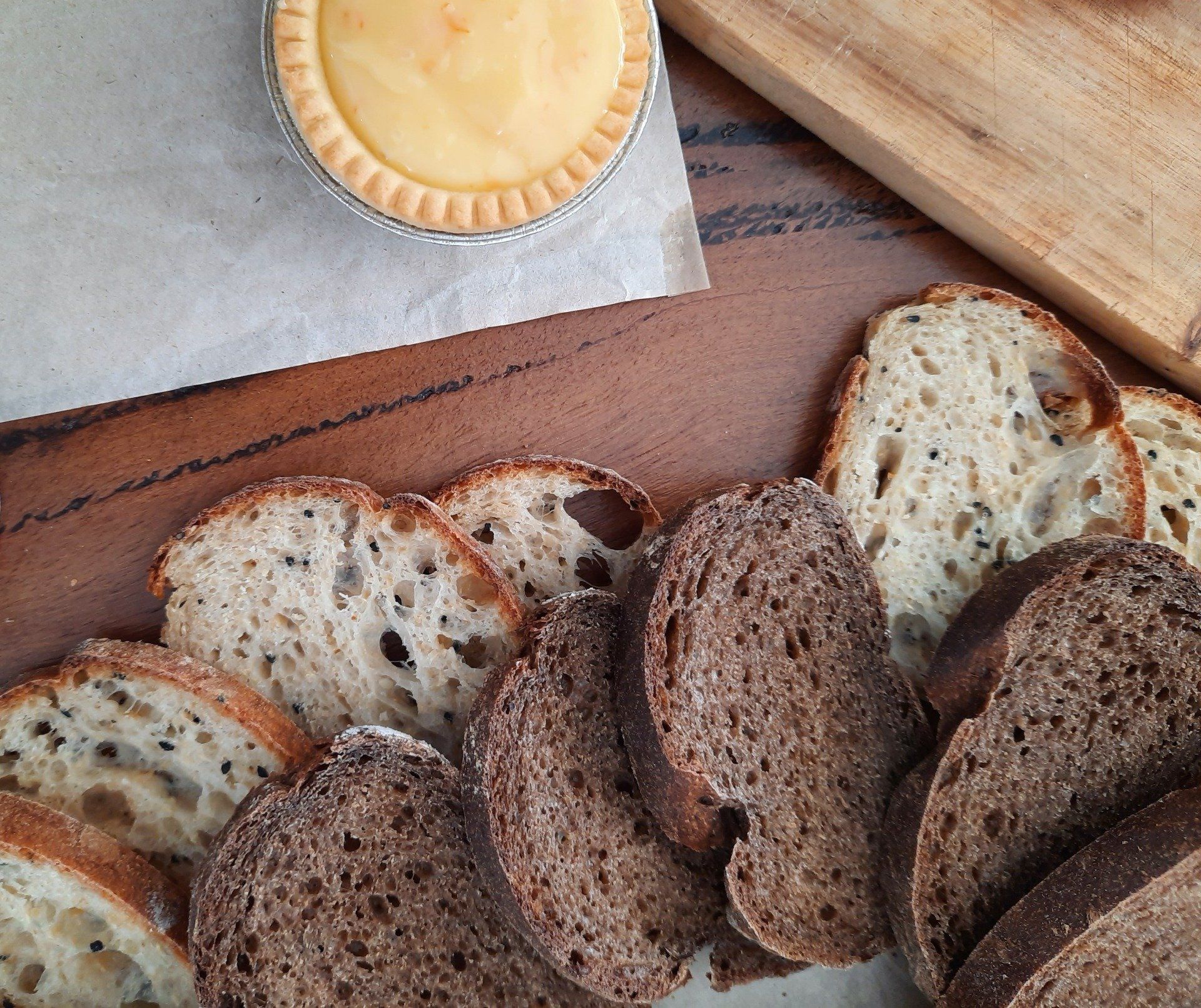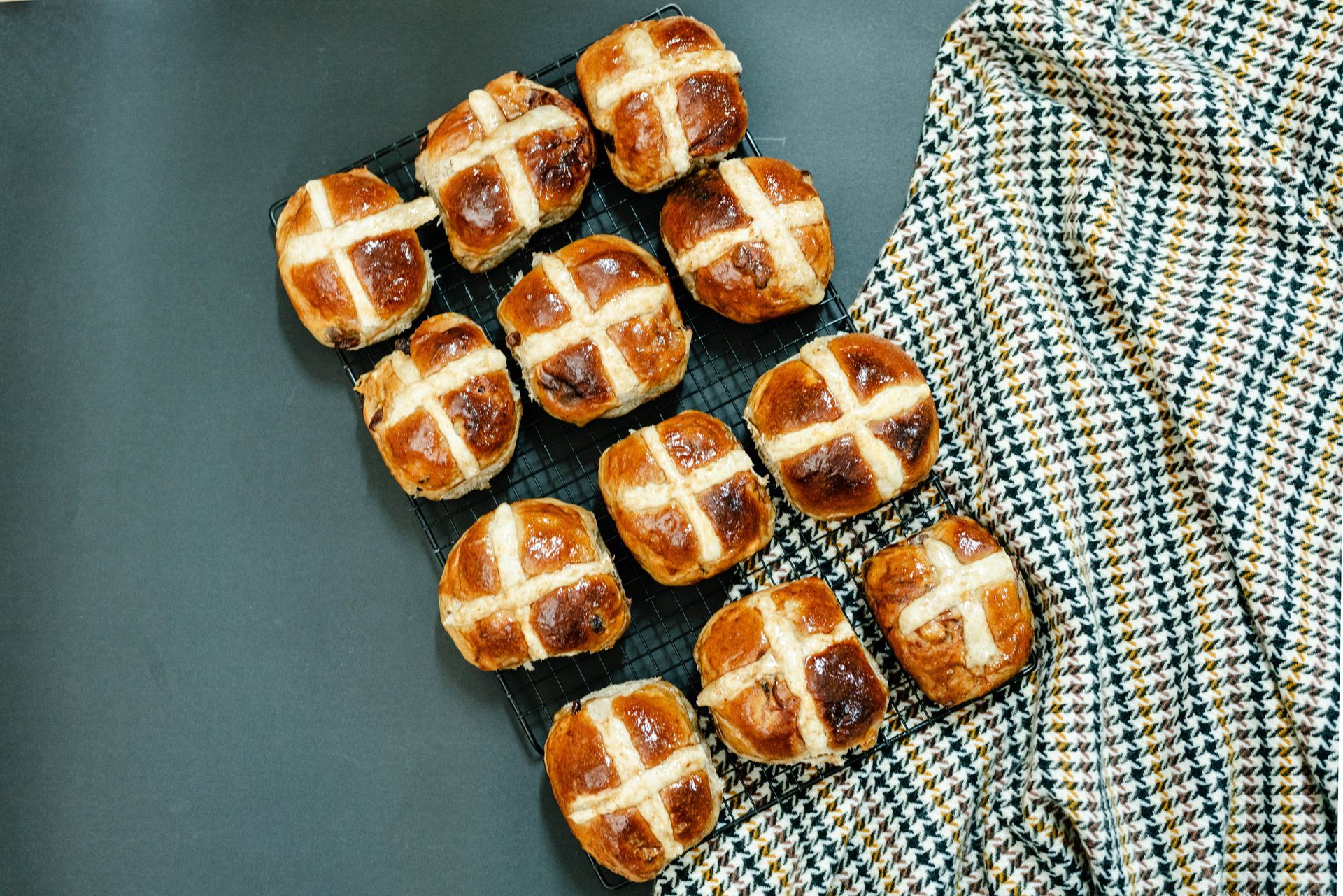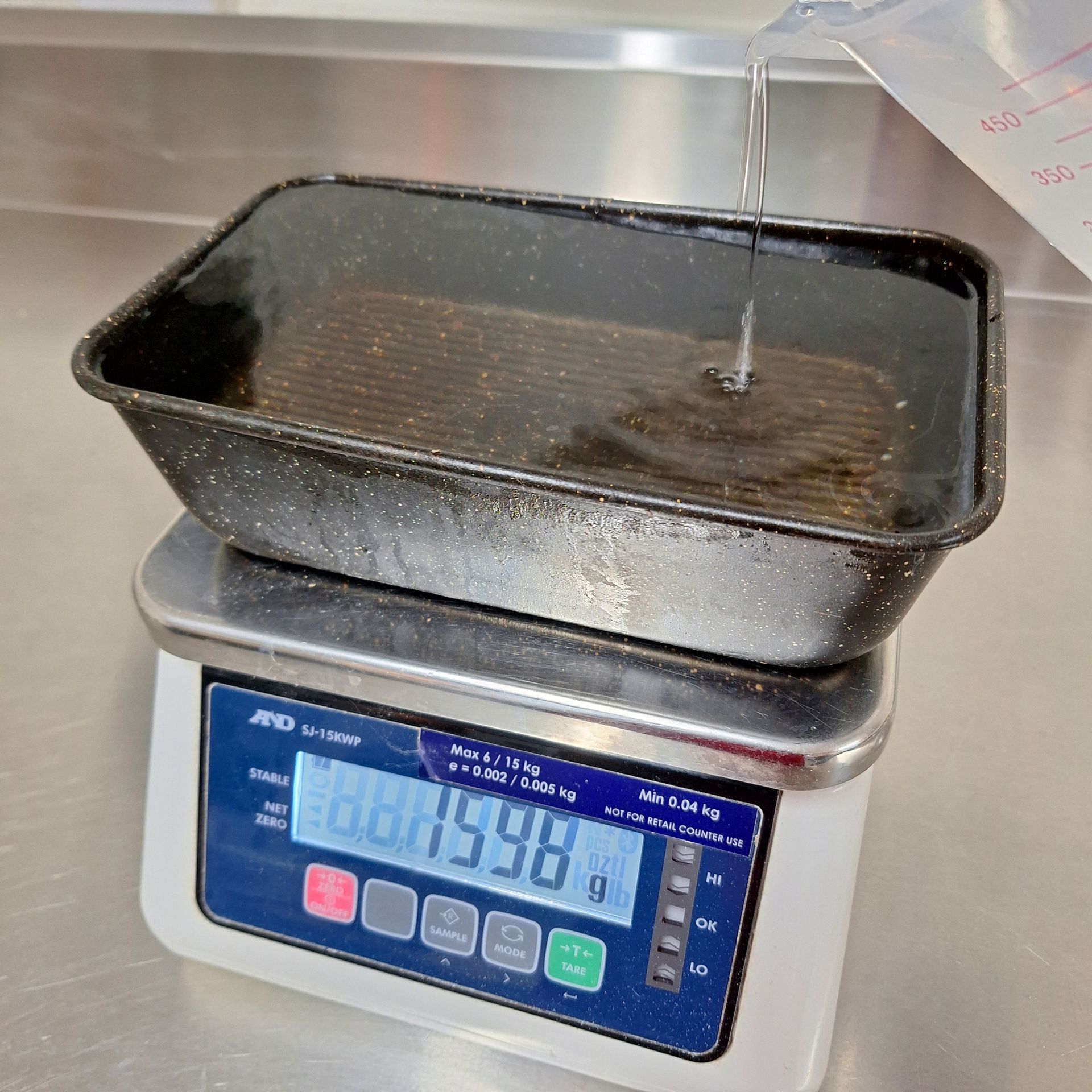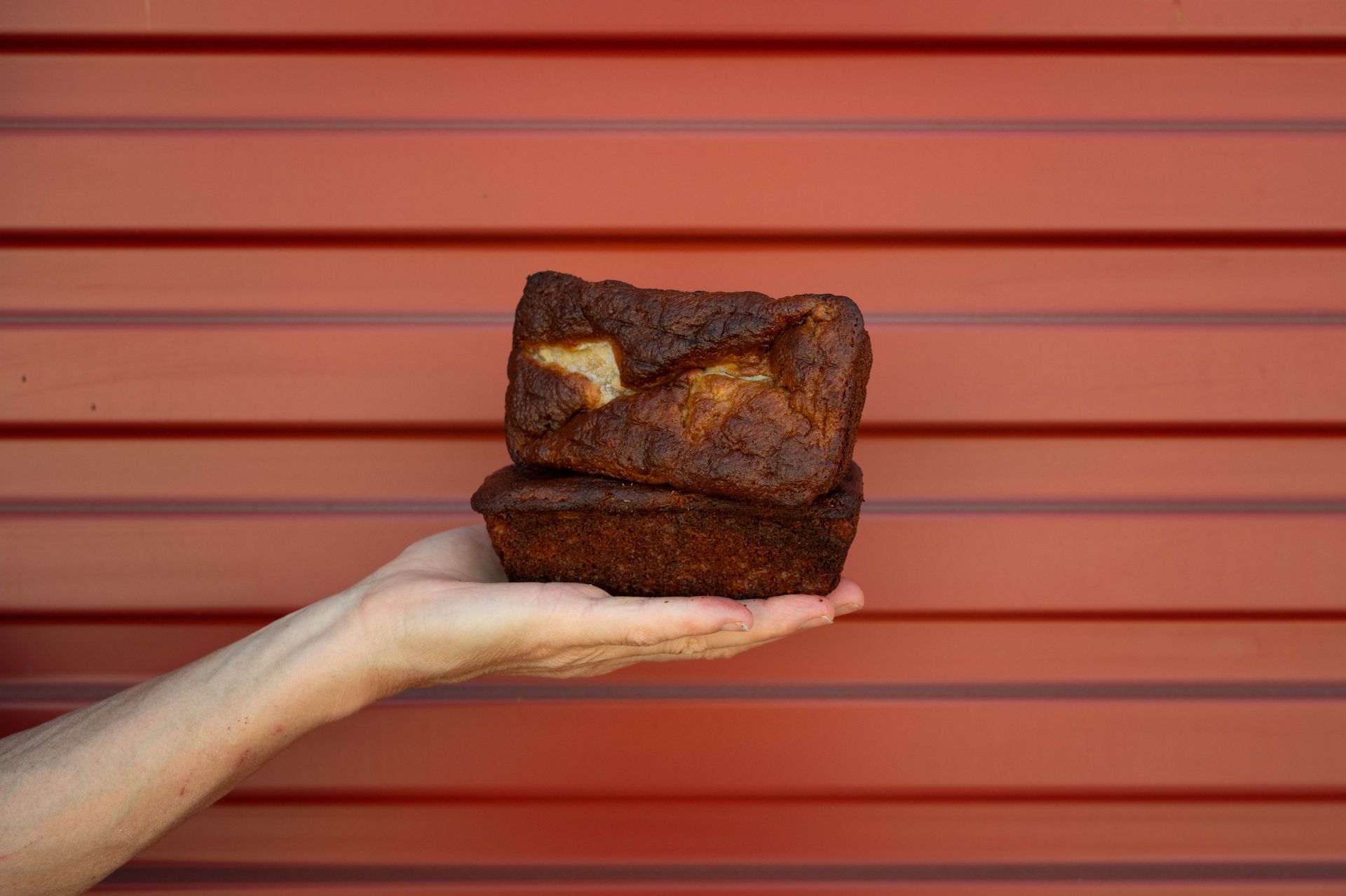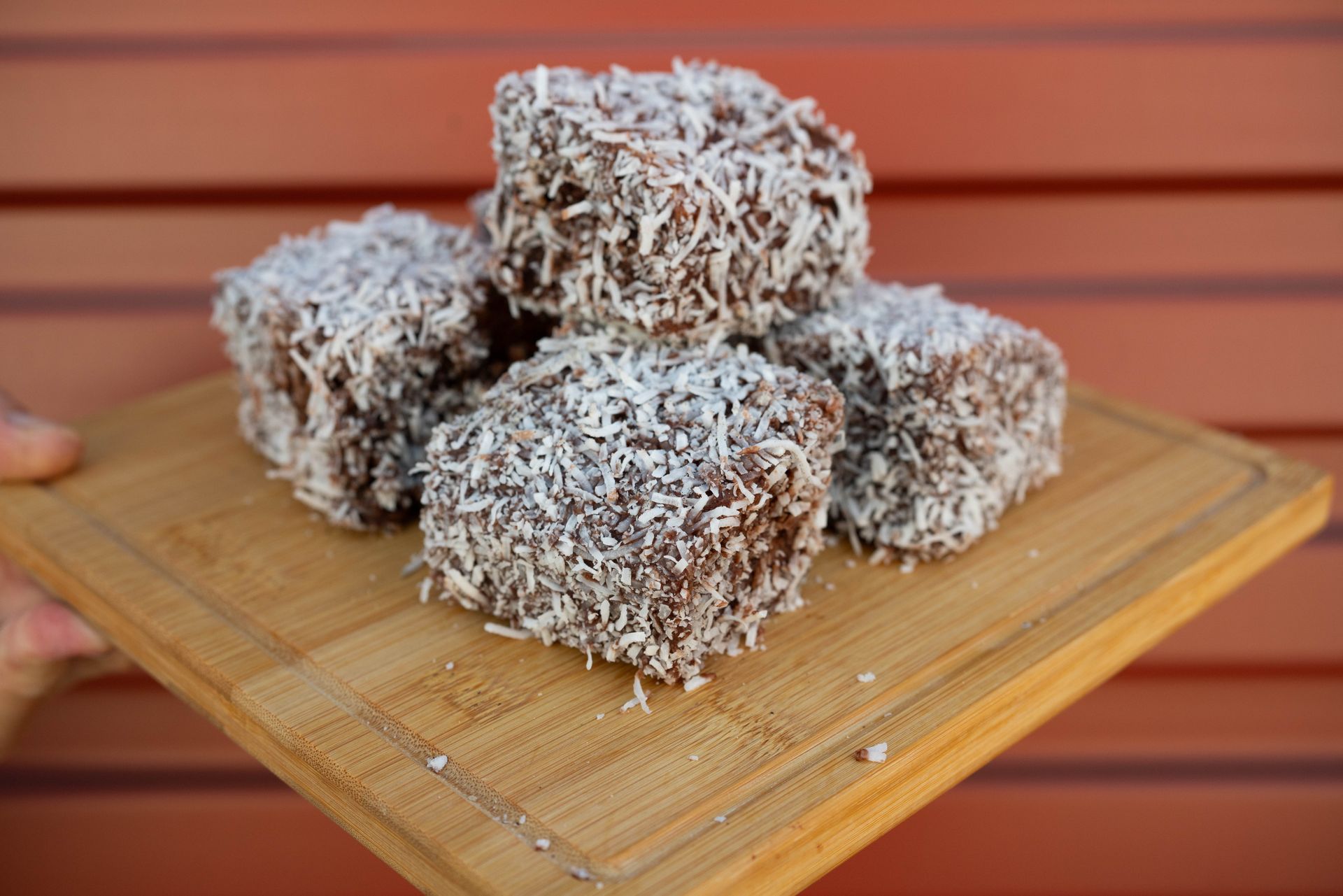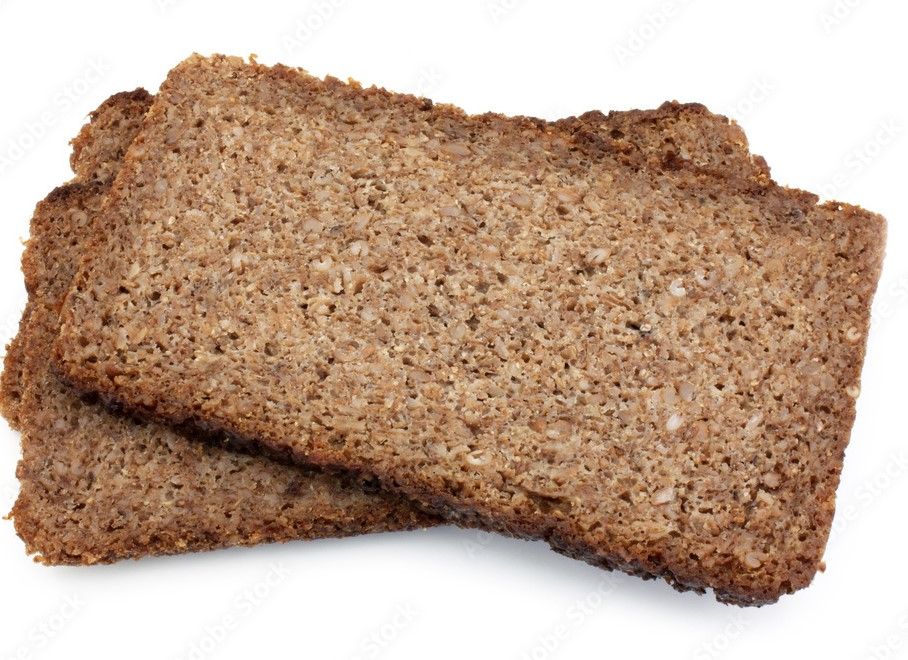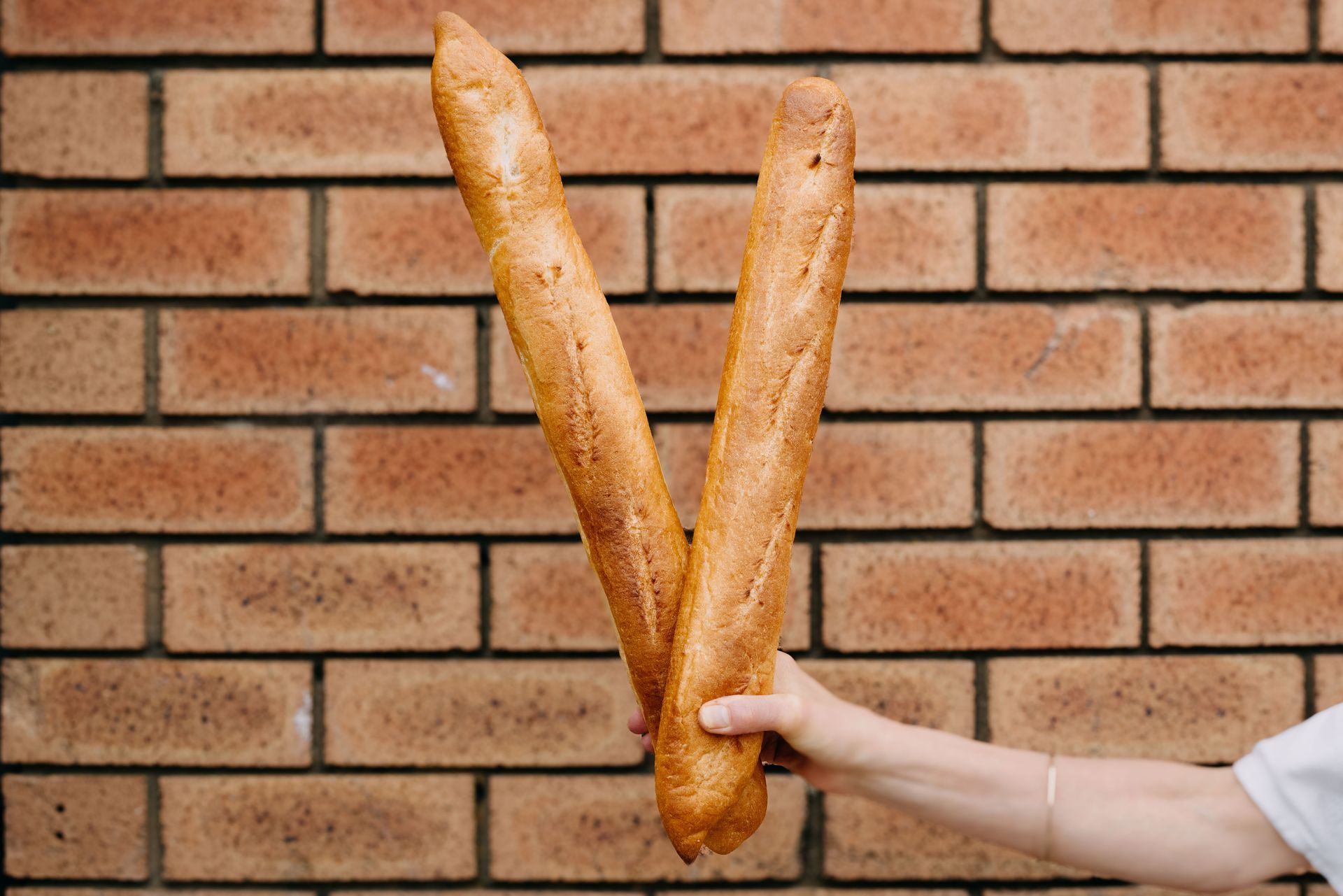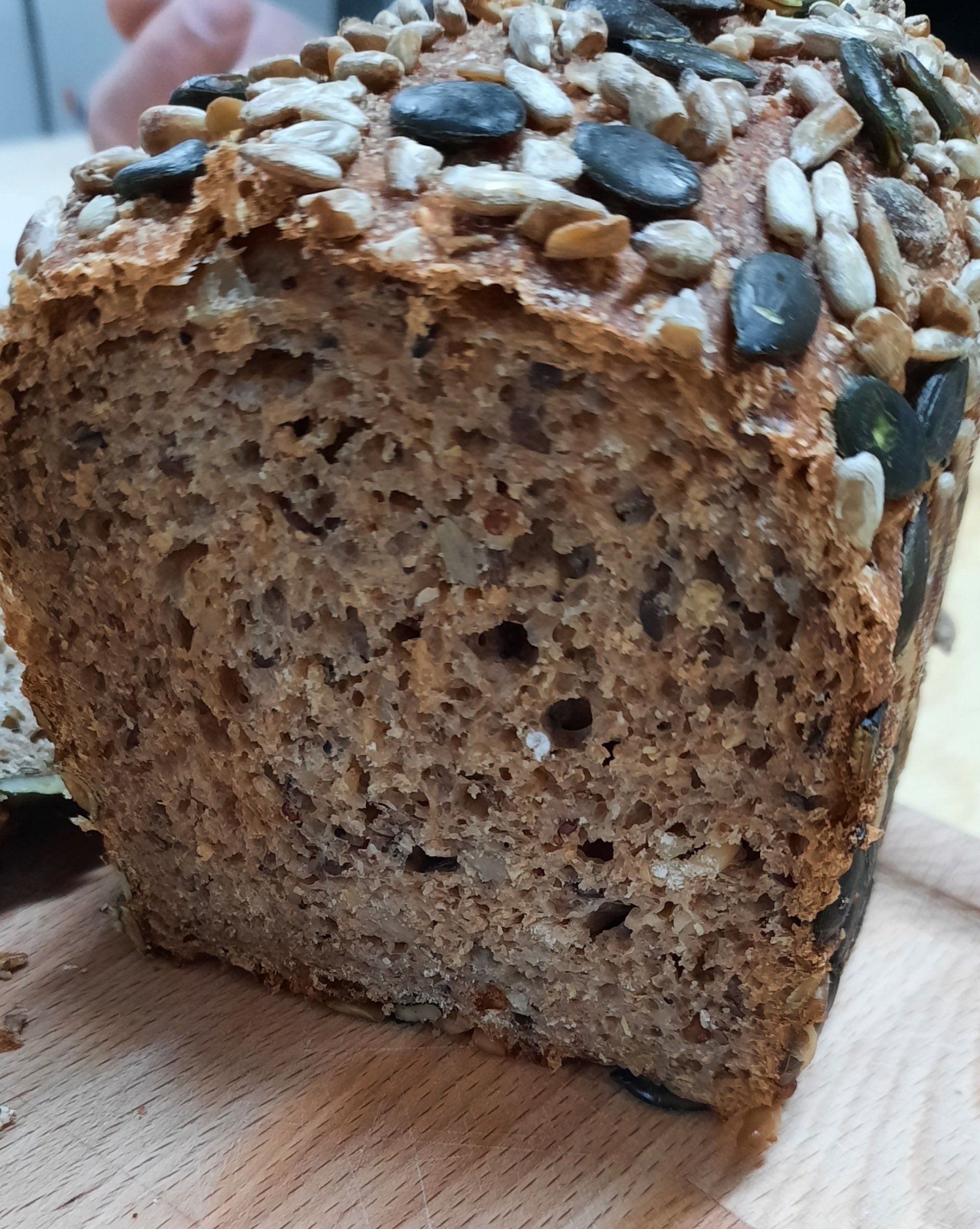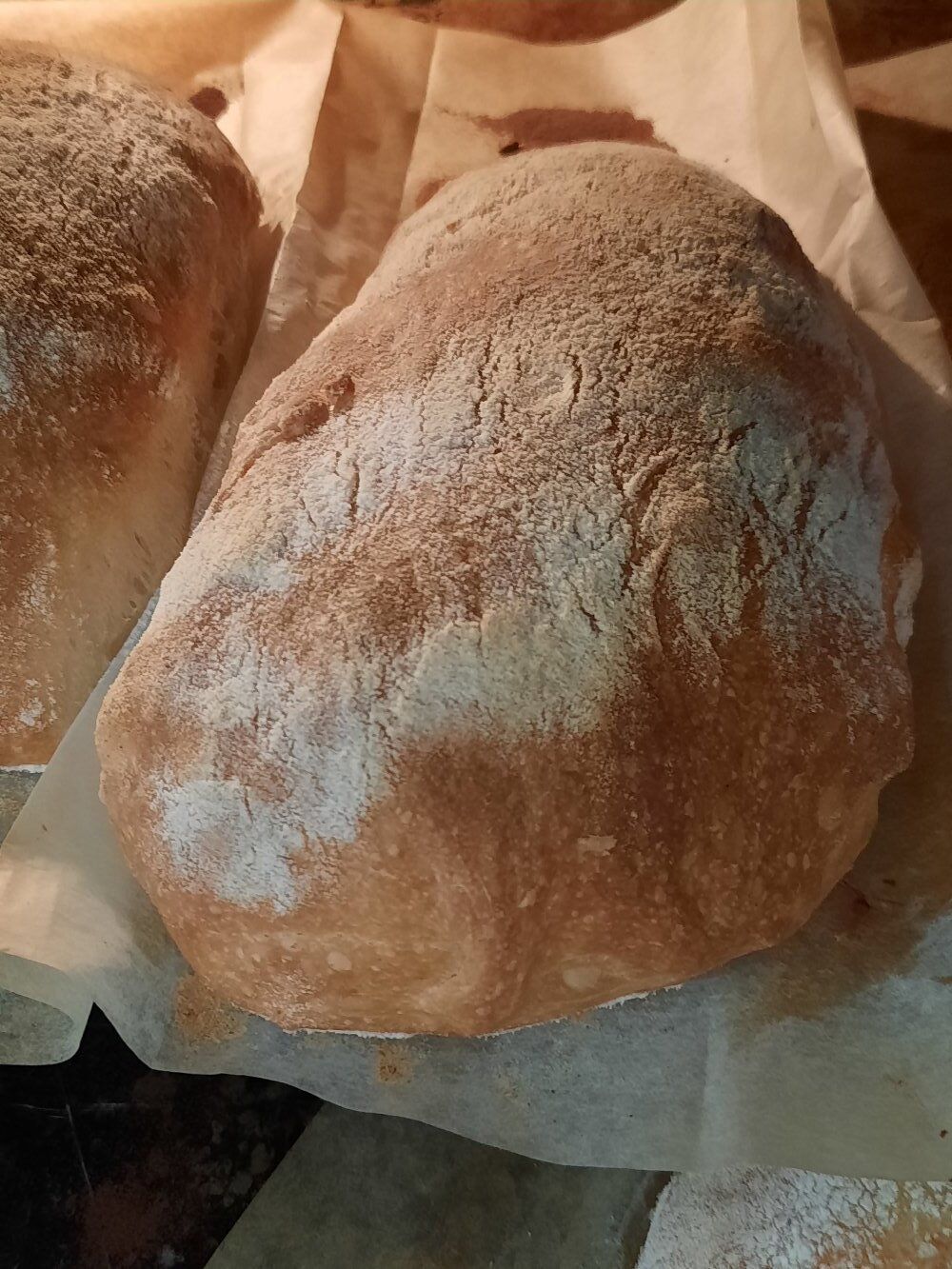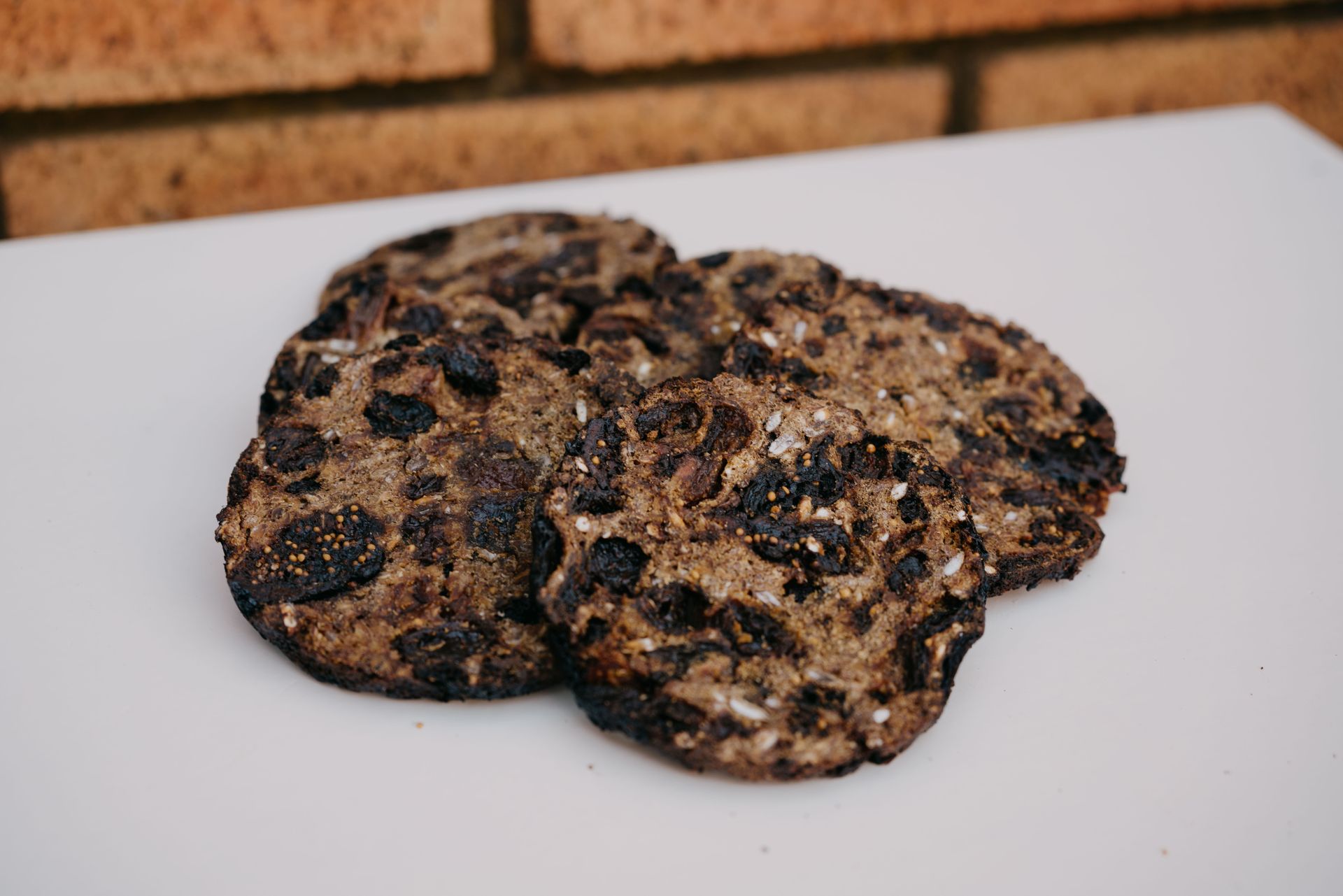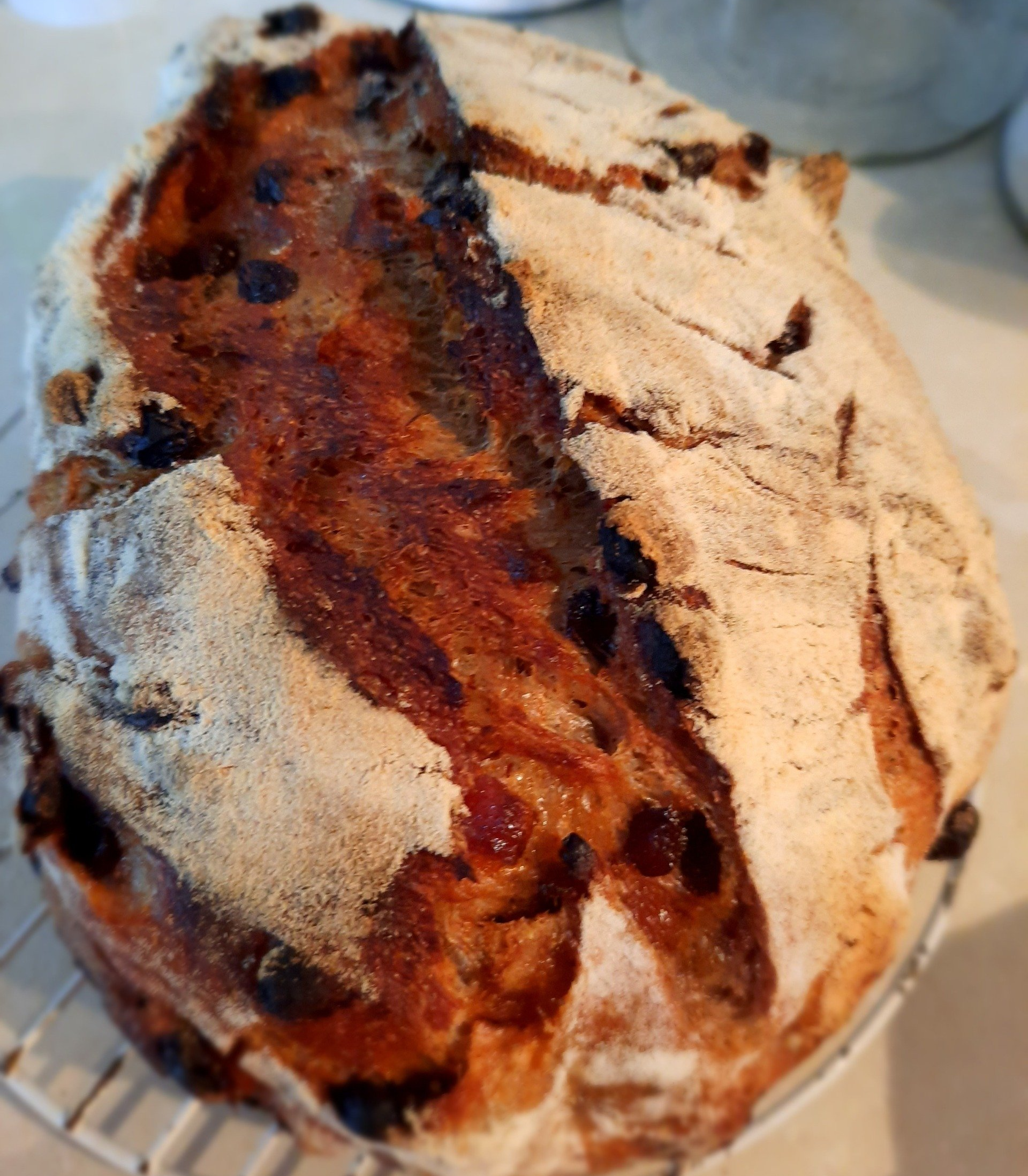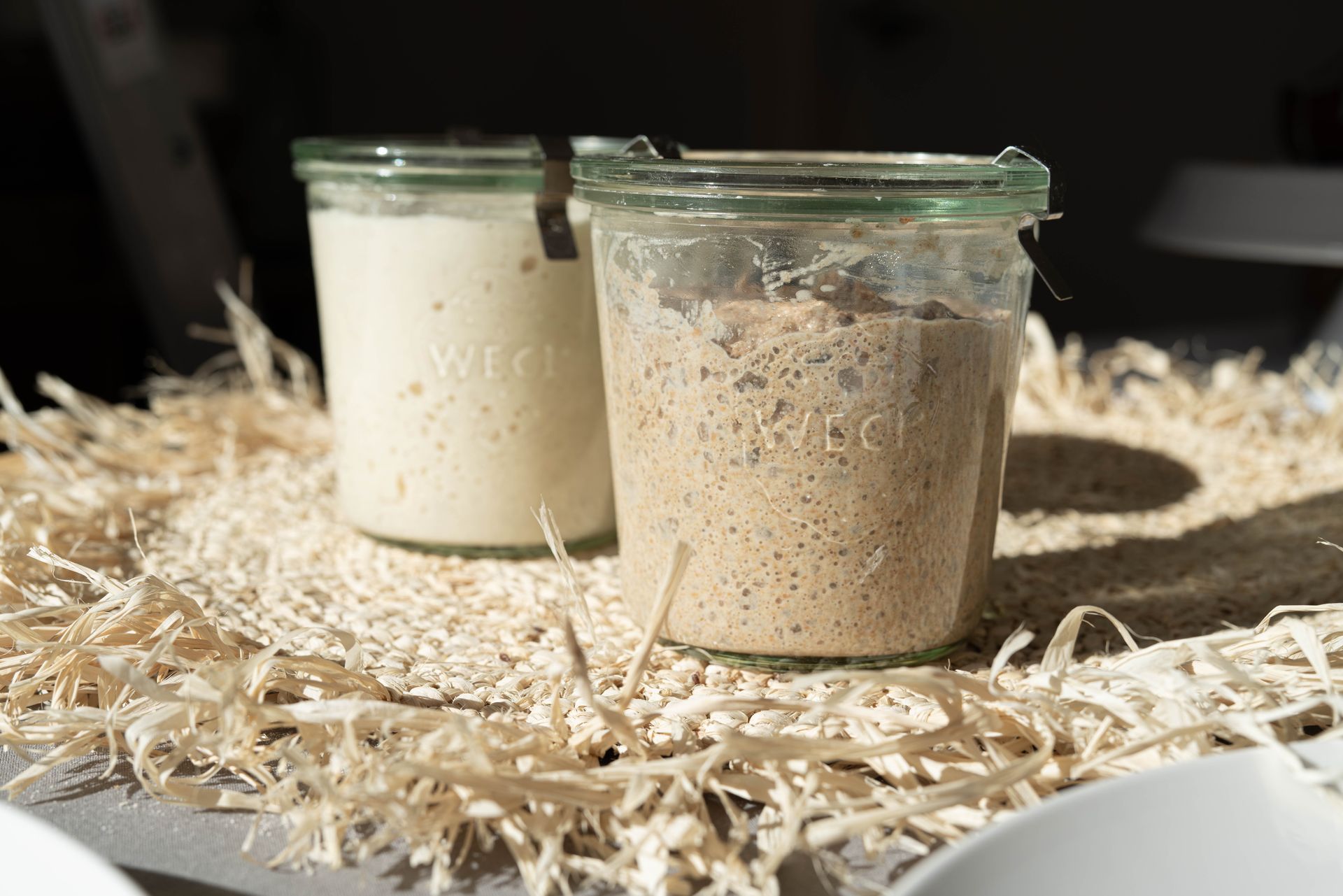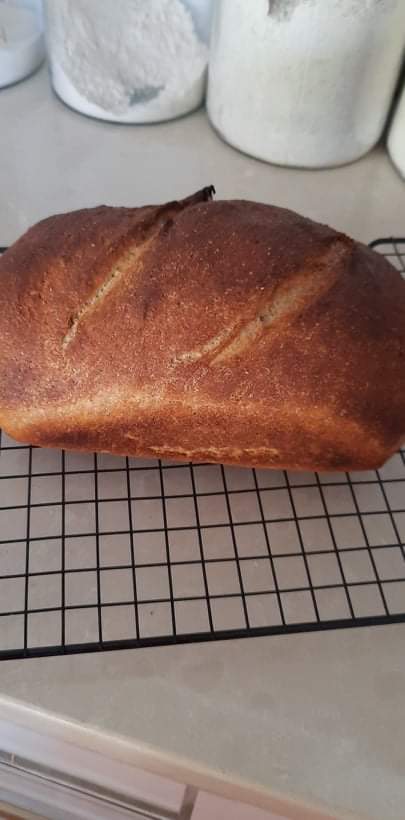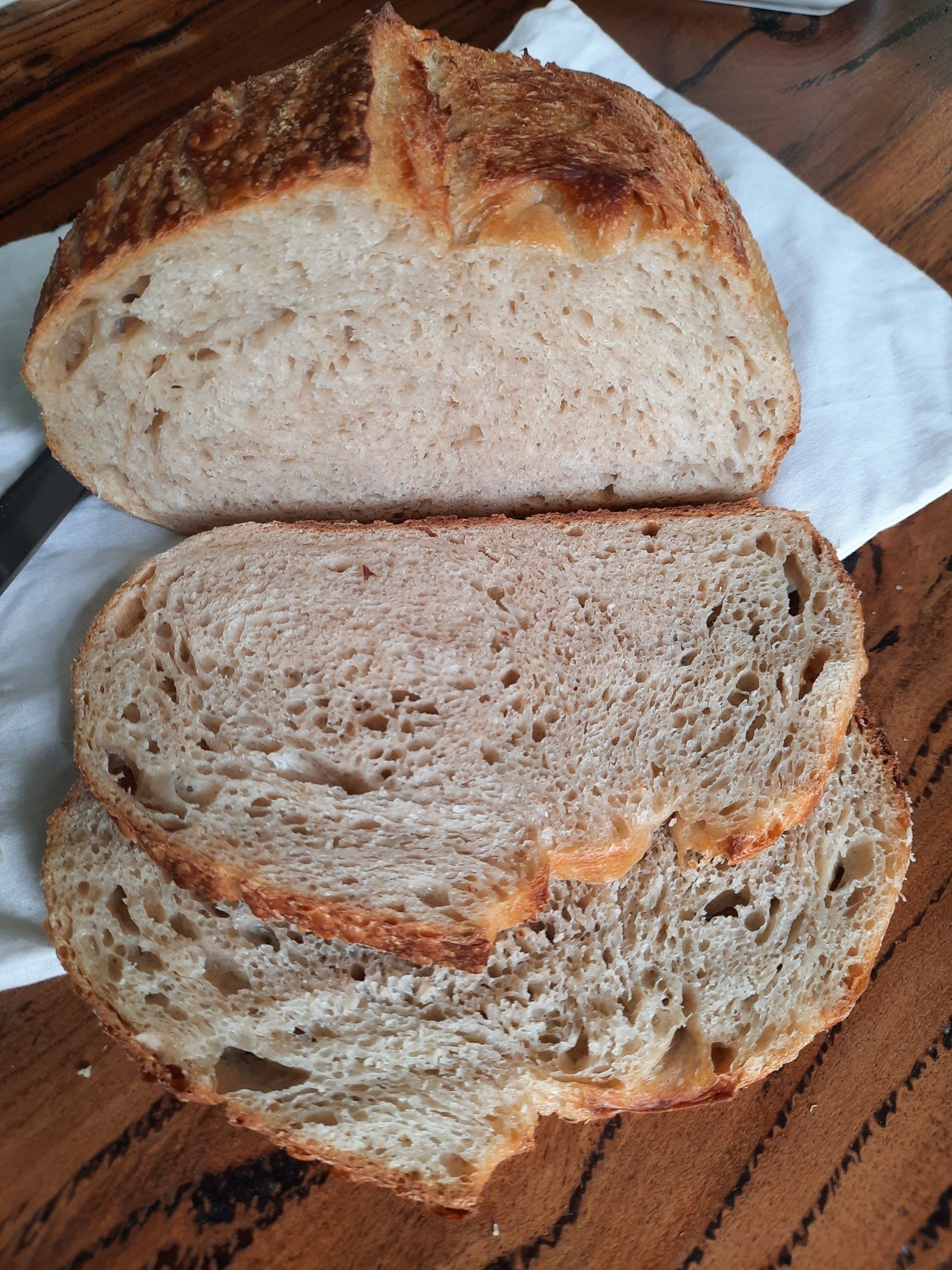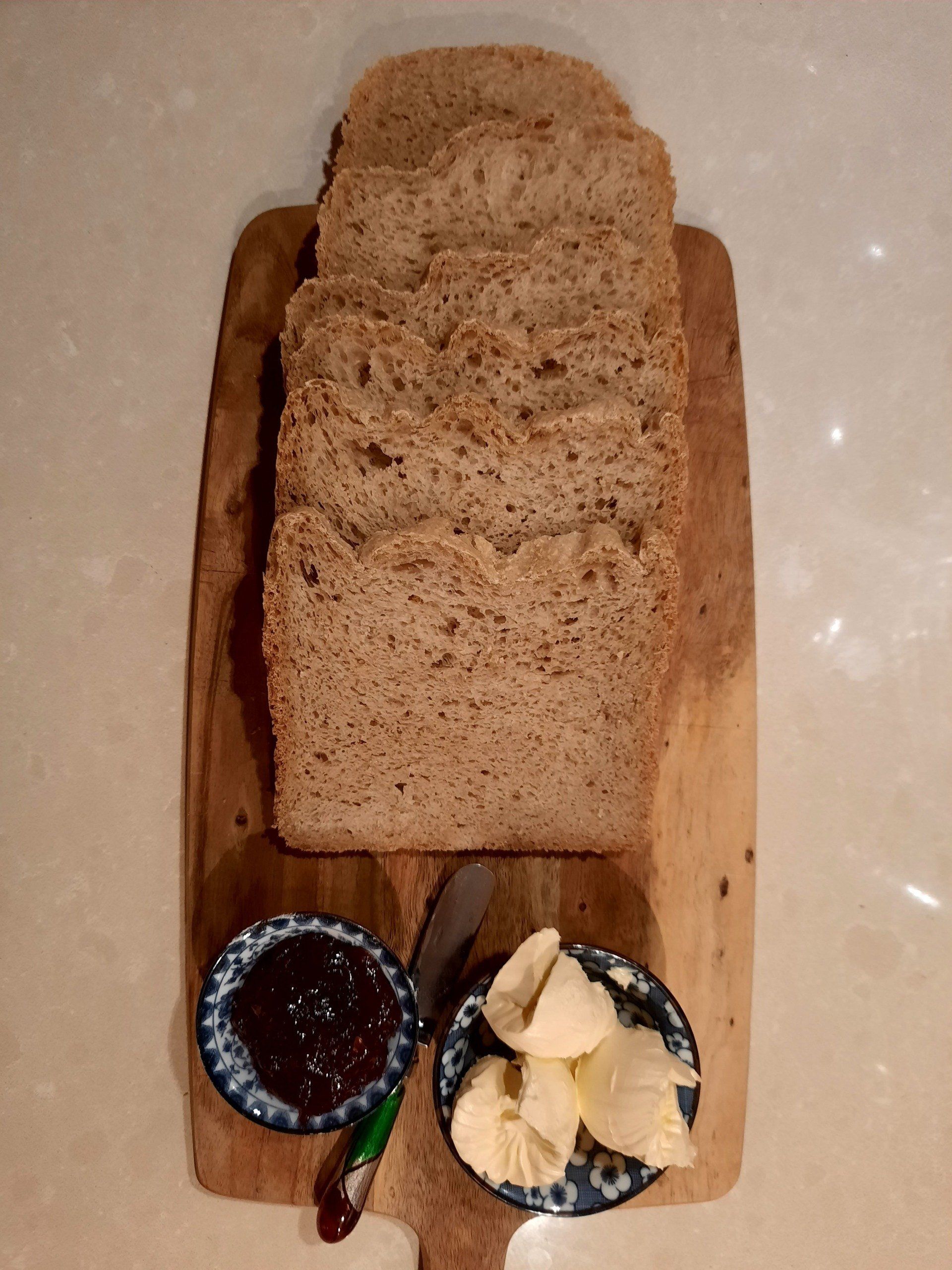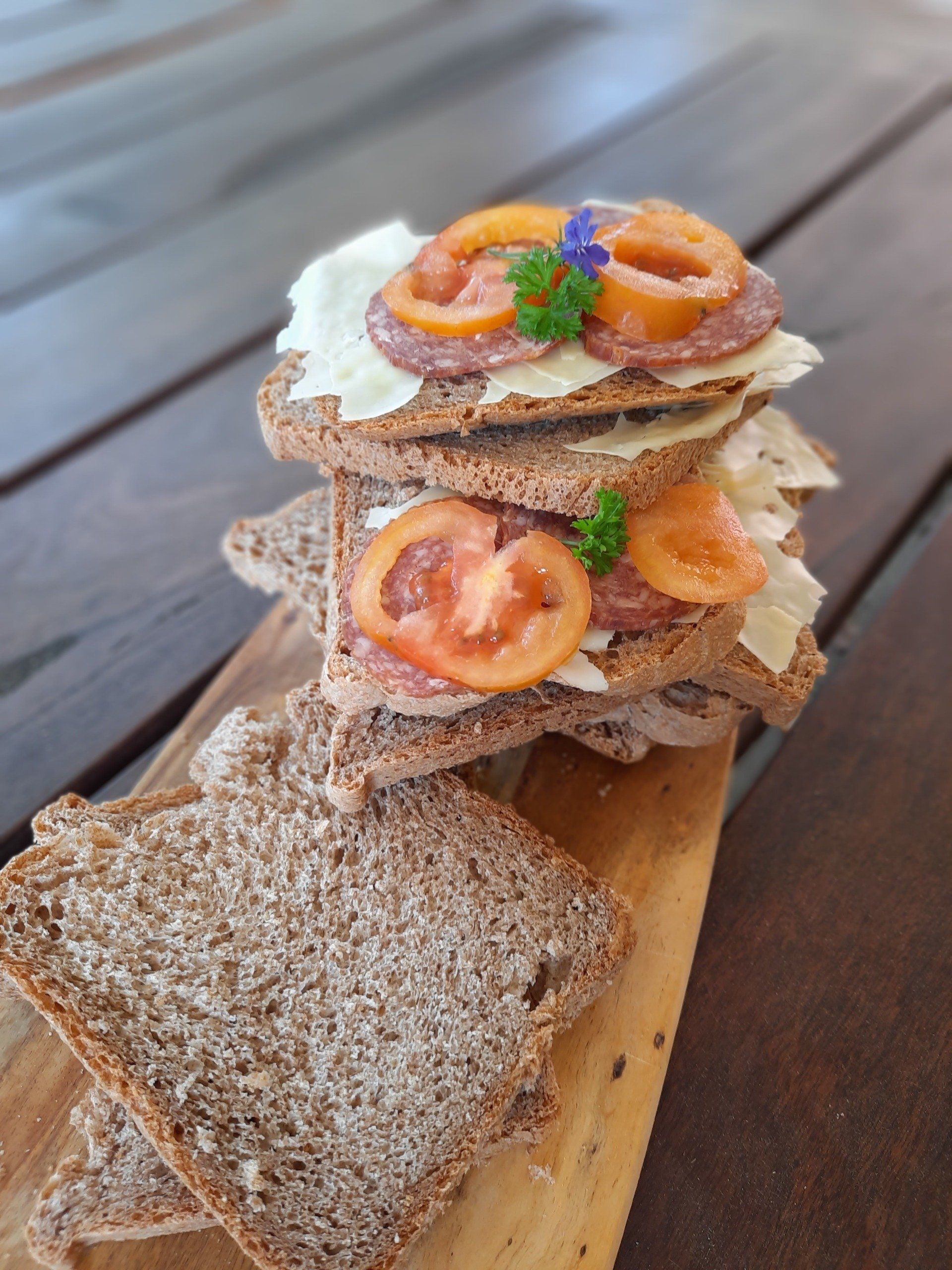How to Determine when Bulk Fermentation is complete
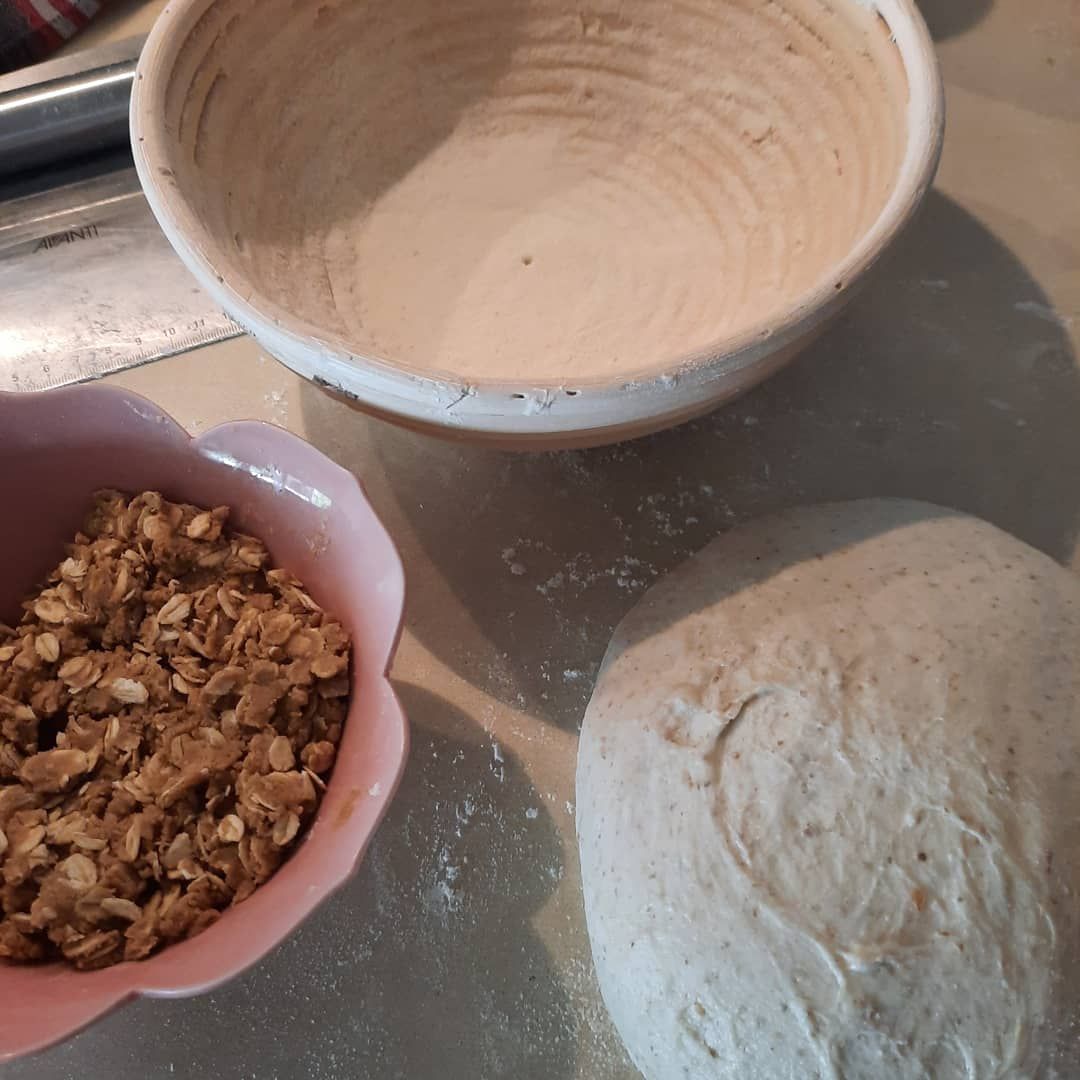
Check Dough Texture
- The dough should go from a messy appearance after the initial mix to a smooth, elastic texture with distinct edges. It should resist stretching when pulled.
Consider Dough Temperature
- The temperature of the dough affects fermentation time. If the final dough temperature (FDT) is higher than 25°C, shorten the bulk fermentation. If it's lower, extend the time. Ideal FDT is around 25°C.
Observe Dough Rise
- The dough should rise, forming rounded or domed edges. It should look puffy and jiggle slightly. The rise depends on flour type and hydration; for normal hydration, it shouldn't be flat with rounded edges.
Don't Rely Solely on Rise
- The amount of rise can vary based on flour type and hydration. A 70% hydration white loaf rises more than a 100% hydration wholegrain loaf. Wholegrain may only rise 25–30%, but it's ready to divide.
Timing of Bulk Fermentation
- Bulk fermentation typically takes 2 to 5 hours.
Address Sticky Dough Issues
- Sticky dough at the end may result from dividing too early, undermixing, or excessive hydration. If sticky, extend bulk fermentation by 15–20 minutes. Adjust water content in the next batch (try holding back around 6% water).
Control Fermentation Speed
- To speed up fermentation, keep the dough warmer (not exceeding 29°C). To slow it down, reduce the temperature, but don't go below 4°C.
Ancient Grains - Sourdough Starter Rehydration and Recipe
